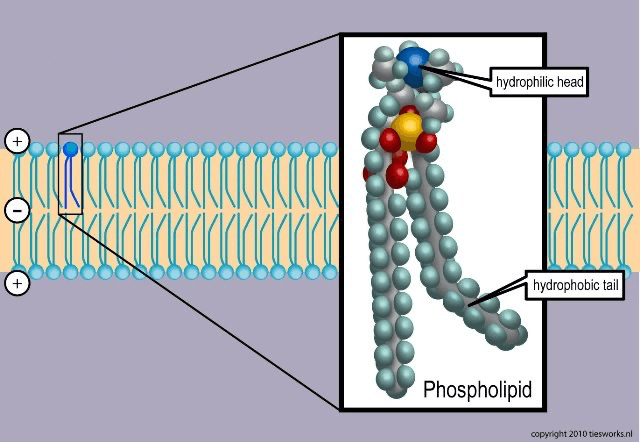In recitations, you will:
- work through an extended multi-part problem often with a biological context;
- work in groups of three or four;
- be applying the principles you read in the class readings and lecture.
In the labs, you will:
- learn physics relevant to microscopic and living systems;
- use 21st century physics tools and software;
- deal with data-rich environments; and
- learn how to design your own experiment and interpret data.
The laboratories are held in a community lab style that will allow you to work together in groups of 4 students on experiments. More information on the community lab style, including information on how the labs will be graded can be found at this LABS LINK.
Laboratories will cover 6 experiments, five of them lasting 2 weeks, one lasting 1 week. At the end of each experiment you will work in the lab to finish a laboratory report and present your findings (and ideas for followup experiments) to the other laboratory working groups.
There will be pre-readings for some laboratories that you will be able to access through WebAssign just like the regular readings.
The recitation sections will be group problem solving. Typically, you will work through an extended multi-part problem, often with a biological context. The TA will help you but will not tell you exactly how to solve the problems set before you!
Attendance at every lab is required. If you anticipate missing a lab session, try to arrange ahead of time to attend another lab section for that session (for a 1-week lab) or for the entire lab unit (for a 2-week lab). If it is not possible to attend a different lab session, contact your TA as soon as you are aware of your impending absence. Only those with a VALID WRITTEN EXCUSE for missing a lab will be allowed to do a makeup activity at the end of the semester (that will take at least two hours and may involve doing another lab or evaluating data). If you do not have a valid written excuse, you will get a zero for the week that you missed. You may make up a maximum of one excused absence. If you miss more than one week (have more than one 'zero', i.e., if you miss more than one lab session), you may receive an incomplete or a failing grade for the entire class.
| Week of | Recitation | Lab Topic | Pre-lab reading |
| Week 2: 2/3 |
How a kinesin walks | No lab | |
| Week 3: 2/10 |
Entropy and diffusion | Lab 6-1: Modeling fluid flow: How do channel geometries and arrangements affect fluid flow? |
Lab 6.1 |
|
Week 4: |
What is "free" about free energy? | Lab 6-2: Modeling fluid flow: Explaining fluid dynamics and the H-P equation |
Lab 6.2 Technical Introduction to Error Propagation |
| Week 5: 2/24 |
Insane in the membrane, part 1: Oil and water |
Lab 7-1: Electric Forces in a Fluid: How do charged objects in a fluid interact with each other and respond to external electric fields? |
Lab 7.1 |
| Week 6: 3/2 |
Insane in the membrane, part 2: Lipid bilayers |
Lab 7-2: Electric Forces in a Fluid: Electrophoresis and charge screening in fluids |
|
| Week 7: 3/9 |
Intro to Circuits | Lab 8-1: Signal Transmission Along Nerve Axons: What affects the distance over which an electric signal is transmitted and the speed of transmission? |
Lab 8.1 |
|
Weeks 8 and 9: 3/16 |
SPRING BREAK - NO CLASS |
||
|
Week 10: 3/31 |
Salting out and Denaturing DNA |
Lab 8-2: Signal Transmission Along Nerve Axons : |
Lab 8.2 Electrokinetics and Colloid Behavior & The Double Layer |
| Week 11: 4/7 |
Intro to light | Lab 9-1: Geometric Optics: How can microscopes magnify objects? |
|
|
Week 12: |
Diatomic vibrations | Lab 9-2: Geometric Optics: Exploring light and lenses |
|
|
Week 13: |
Spectroscopy: How does light interact with matter? | Lab 10-1: Light spectra and implications for living systems , How can measurements of light spectra provide insights into the nature of matter and the characteristics of living systems? | Lab 10.1 |
|
Week 14: |
Seeing Inside the Body | Lab 10-2: Light spectra and implications for living systems: Spectroscopy – Exploring Emission, Absorption and Evolutionary Adaptation | |
|
Week 15: |
Photosynthesis | Makeup labs |

